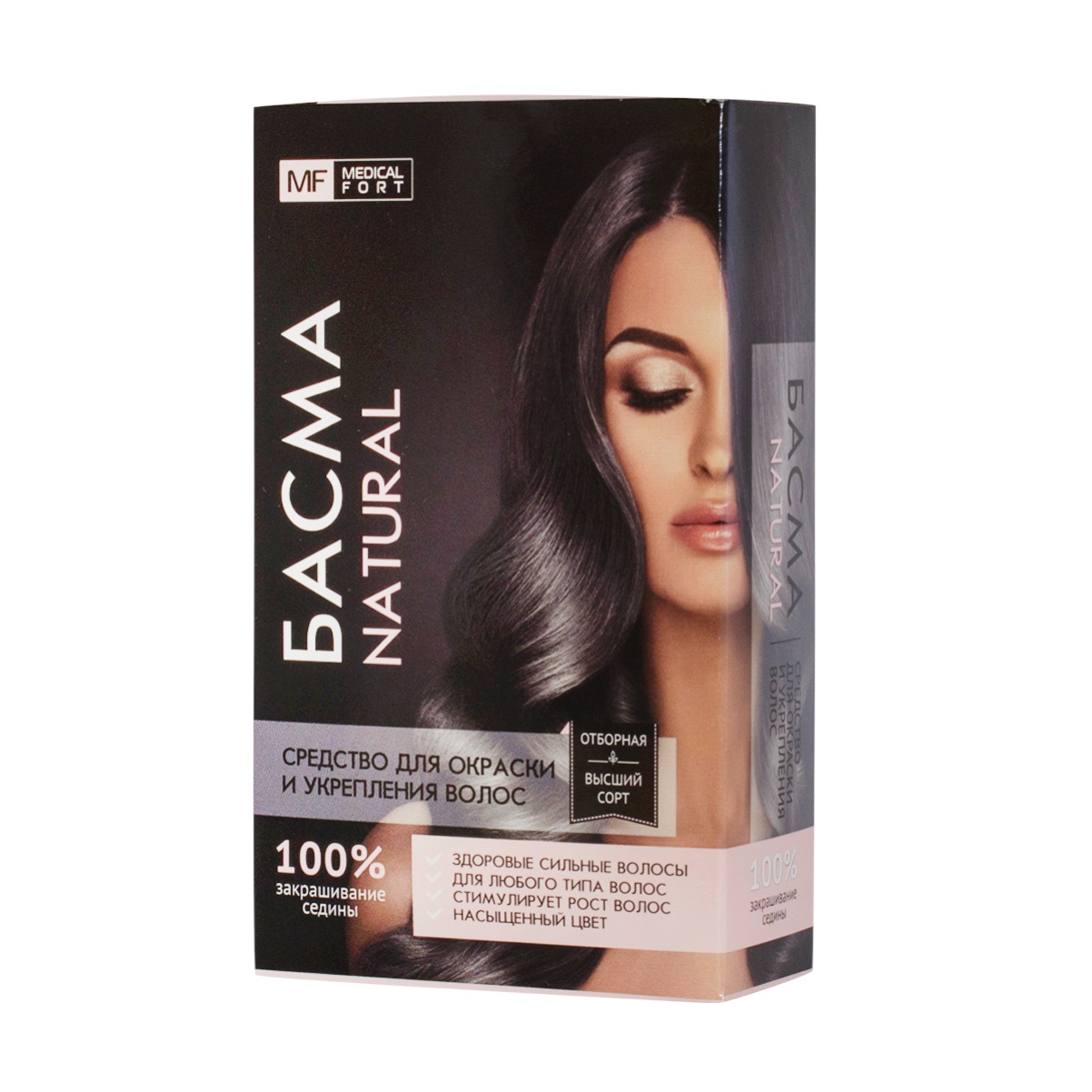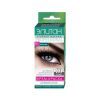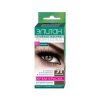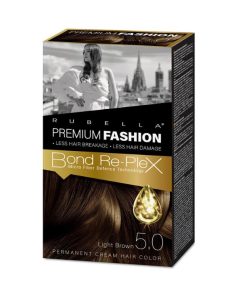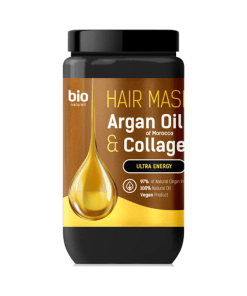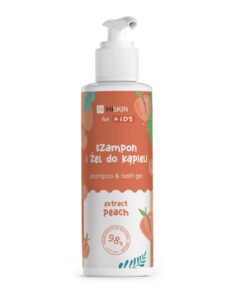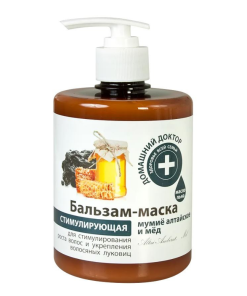MEDICALFORT Natural Basma Hair coloring and strengthening product, 100 g
4,60 € Original price was: 4,60 €.2,30 €
24/02/25 - 16/03/25 Current price is: 2,30 €.
12 in stock
BRANDS
- (73)
- (1)
- (12)
- (2)
- (22)
- (66)
- (81)
- (220)
- (10)
- (37)
- (32)
- (57)
- (37)
- (13)
- (10)
- (4)
- (11)
- (27)
- (70)
- (10)
- (52)
- (44)
- (14)
- (62)
- (76)
- (180)
- (85)
- (56)
- (41)
- (46)
- (12)
- (8)
- (21)
- (18)
- (2)
- (17)
- (7)
- (45)
- (13)
- (56)
- (5)
- (23)
- (39)
- (6)
- (53)
- (170)
- (346)
- (26)
- (14)
- (20)
- (5)
- (5)
- (11)
- (51)
- (10)
- (19)
- (9)
- (4)
- (30)
- (4)
- (6)
- (6)
- (66)
- (34)
- (18)
- (39)
- (1)
- (33)
- (2)
- (13)
- (13)
- (61)
- (38)
- (46)
- (121)
FILTER BY PRICE
Show details
Basma is the oldest natural hair dye. Basma is a grayish-green powder obtained from crushed indigo leaves. Additionally, basma:
– provides an intense, vibrant color for a long time;
– gives hair elasticity and volume;
– reduces scalp oiliness;
– prevents dandruff;
– strengthens hair roots and hair structure along the entire length;
– stimulates hair growth;
– nourishes hair;
– restores hair after perm and dyeing;
– protects hair from mechanical and environmental damage.
When used alone, it gives hair an emerald-blue color. However, basma is most often used in combination with henna to dye hair in dark colors, up to black. It is not recommended to dye light hair with basma without henna.
Usage: to dye hair in dark shades, mix henna and basma. Choose the ratio of henna and basma individually. Mix henna with basma in a certain proportion, dilute with water at a temperature of 70-80 °C or with a special product. Stir in a glass bowl until a homogeneous, thick mass is obtained. Let the mixture cool for 10-20 minutes (not below 40 °C). Apply the mixture to the hair, dividing it into strands, then massage and comb the hair along the entire length. Put on a cap. After dyeing, rinse with warm water (without shampoo).
| Obtained shades | Proportion | Time |
| Chestnut (brown) | Henna-basma/ 1:2 | 30 minutes |
| Brunette (very dark) | Henna-basma 1:3 | 60 minutes |
The more basma is added to the mixture, the darker the shade your hair will acquire. You can first dye one strand of hair to determine the exposure time.
Storage conditions: store at a temperature from +5 °C to +25 °C, in a place inaccessible to children.
Shelf life: 36 months.
| Weight | 0,1 g |
|---|

